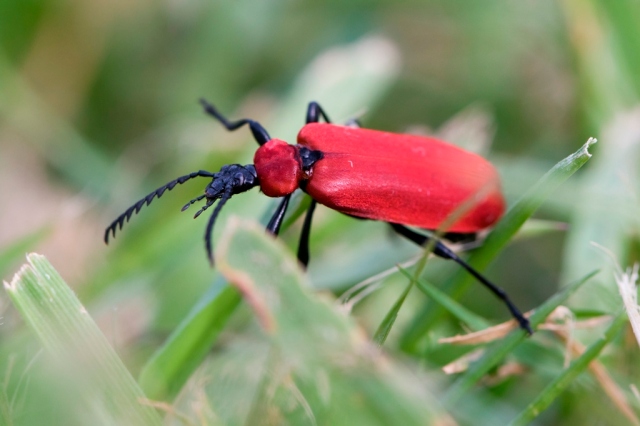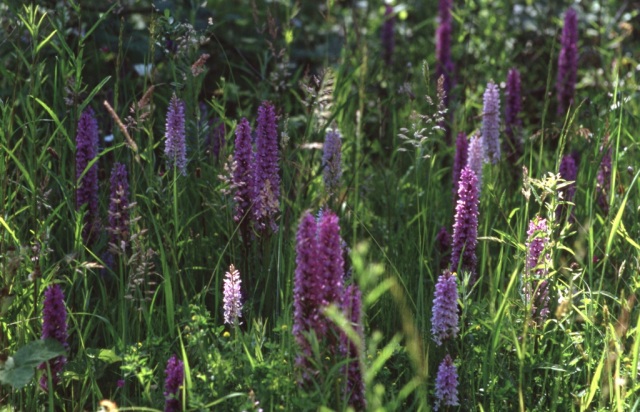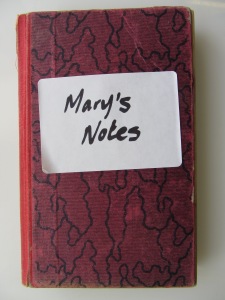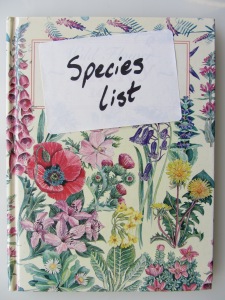Yesterday we heard news about the decline of the cuckoo. The distinctive ‘sound of summer’ has been heard less and less over the past few decades and Chris Howson and his team from the British Trust for Ornithology have just published a paper suggesting changes to land use over the birds’ migratory route is to blame.
READ: Population decline is linked to migration route in the Common Cuckoo
It shouldn’t have surprised me that Mary was already aware of this problem and suggested probable cause in the late 1970s:

In fact, Mary was always foresighted, particularly when identifying problems with the countryside and people’s lack of engagement with it. In 1945 Mary wrote a children’s story called Jean and David on the Farm. It was never published (she kept the rejection letters with most of the publishers blaming a lack of paper – honest answer or nice way of saying no thanks?!) but in the introduction Mary writes:
“The town child has become so divorced from country scenes and country ways that he must be re-introduced to the wild inhabitants and the rural crafts if he is going to develop the appreciation which arises from understanding… Far too large a proportion of the youth of today has lost the art of entertaining itself and will take the easy road to the cinema once or twice a week under the delusion that seeing is as exciting as doing…”
This sentiment rings true today with children’s home ranges declining from many miles to just a few hundred feet within a couple of generations.
READ: Decreasing experiences of home ranges in England
It’s not all doom and gloom though! Throughout her life, Mary successfully contributed to the protection and conservation of habitats around South Wales (such as Pwll Waun Cynon, Coed y Bedw and Cwm George). Then, in her book Town Bred, Country Nurtured (1998), where she re-visits the farms she worked on during her Land Army years Mary was pleased to discover that despite
“a disagreeable impression of featureless trunk roads and look-alike roundabouts… My worst fears proved unfounded. The new road system lay uncomfortably on the ancient landscape like netting over a strawberry bed. I became the strawberry thief beneath the net and discovered that driving through was very different from driving in”
There is still much to discover out there, we just need to remember to get outside and open our eyes to it…










